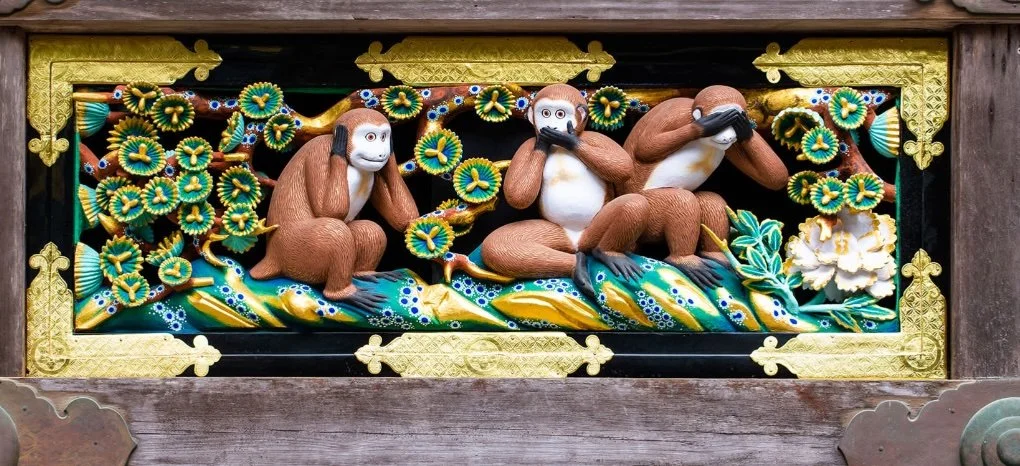Mindful journeys by rail: Nikkō, Amtrak, and the art of slow travel
A few weeks ago, I wrote about my Amtrak train ride through the Rockies: a slow, scenic journey that invited me to pause, reflect, and reconnect with the rhythm of nature. In that piece, I briefly mentioned another train ride that’s stayed with me for years: a quiet autumn escape to Nikkō, Japan.
I boarded the Tobu Limited Express from Asakusa early one morning, opting for a touch of luxury in the Green Car, Japan’s version of first class. Plush seats, quiet ambiance, and impeccable service made the ride feel more like a retreat than a commute. It was a stark contrast to my recent Amtrak journey through the Rockies, which, while scenic and soulful, had a more rugged charm. Both experiences offered space to reflect, but in very different ways. One polished and serene, the other raw and expansive.
As the train rolled into the countryside, I let go of my to-do list and simply watched. The rice fields, misty forests, and changing leaves unfolded like a moving meditation. Train travel in Japan has a rhythm that encourages reflection. The gentle clatter of the tracks, the scent of roasted sweet potatoes from station kiosks, and the quiet companionship of fellow passengers wrapped in scarves and sipping hot tea: it’s mindfulness in motion.
In Nikkō, I wandered through ancient cedar groves and moss-covered paths leading to Tōshōgū Shrine, where the famous Three Wise Monkeys (Mizaru, Kikazaru, and Iwazaru) are carved into the wood. “See no evil, hear no evil, speak no evil.” These aren’t just playful figures, they’re a quiet reminder to be intentional with our senses and our words.
At Lake Chūzenji, I warmed my hands around a cup of amazake and watched the reflection of the mountains ripple across the water. Dinner at a local ryokan was a mindful ritual in itself: hot pot, grilled river fish, and a delicate persimmon jelly that tasted like autumn distilled.
That trip to Nikkō was one I took alone, and it gave me space for introspection. Traveling solo allows for a different kind of mindfulness, one where your thoughts stretch out, uninterrupted, and you notice the small things: the sound of your footsteps on a forest path, the way the light hits a shrine wall, the quiet joy of being your own companion.
In contrast, my Amtrak journey was shared with my husband. And while it wasn’t solitary, it was deeply connective. We had long conversations as the train wound through the mountains, reflecting on past travels, future dreams, and the beauty unfolding outside our window. That kind of shared presence, being fully there with someone you love, is its own form of mindfulness.
What I’ve learned. on both sides of the Pacific, is that mindfulness doesn’t require silence or solitude. It just asks us to pay attention. To the changing seasons. To the stories in our food. To the wisdom carved into shrine walls. And sometimes, to the joy of a train ride that takes the long way home, whether you're traveling alone or with someone who helps you see the world more clearly.


